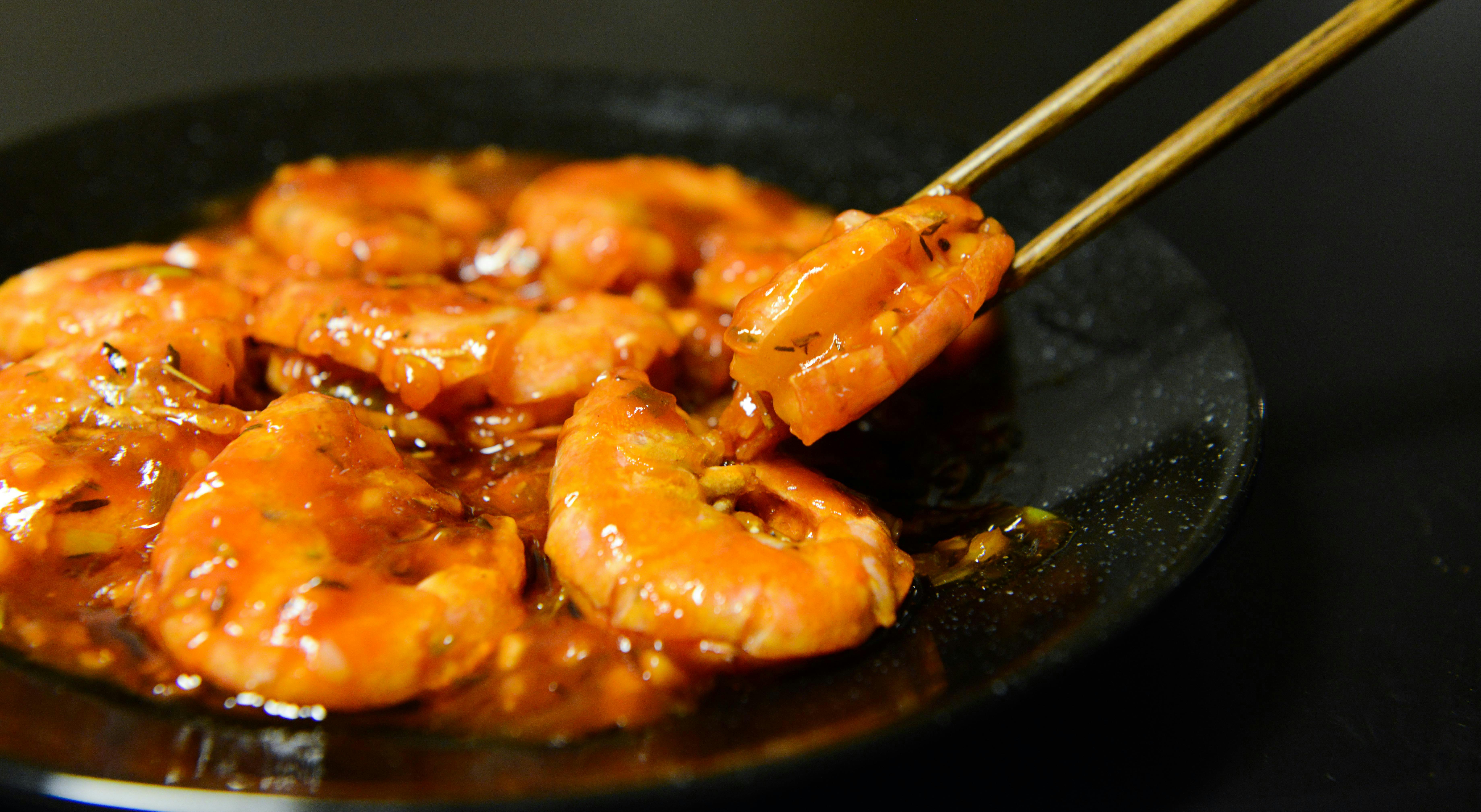Embarking on a weight loss journey can feel daunting, especially when you’re just starting out. For many women, the idea of hitting a gym or navigating complex diet plans can be intimidating. The good news is, you don’t need fancy equipment or a personal trainer to kickstart your health transformation. Your own home offers a comfortable, private, and effective space to begin your diet and fitness routine.
This comprehensive guide is designed for beginners, offering practical, actionable steps to help you establish sustainable habits right from your living room. We’ll cover everything from setting realistic goals and understanding basic nutrition to effective home workouts and strategies for staying motivated. By the end of this article, you’ll have a clear, step-by-step routine to confidently begin your journey towards a healthier you.
1. Cultivating the Right Mindset and Setting Realistic Goals
Before diving into specific routines, establishing a positive mindset and setting achievable goals are crucial. Dieting isn’t just about physical changes; it’s a mental game that requires patience, consistency, and self-compassion. Focusing on sustainable habits rather than quick fixes will lead to lasting success.
Why Mindset Matters
Your mindset significantly influences your adherence to a diet and exercise plan. Approaching your journey with a positive outlook, focusing on health and well-being rather than just numbers on a scale, can prevent burnout and foster resilience. Celebrate small victories and view setbacks as learning opportunities.
SMART Goal Setting for Beginners
Setting SMART goals (Specific, Measurable, Achievable, Relevant, Time-bound) provides a clear roadmap for your progress. Instead of a vague goal like “lose weight,” aim for something like “walk for 20 minutes three times a week for the next month” or “incorporate one new vegetable into my dinner daily.”
2. Mastering Nutrition Fundamentals at Home
Diet plays a pivotal role in weight management. Starting your diet at home allows you to control ingredients, portion sizes, and cooking methods. Focus on whole, unprocessed foods and understand the basics of a balanced plate.

A balanced meal is key to sustainable weight loss.
Balanced Plate Principles
A balanced meal typically consists of lean protein, complex carbohydrates, and plenty of vegetables. Aim to fill half your plate with non-starchy vegetables, a quarter with lean protein (chicken, fish, beans, tofu), and a quarter with complex carbohydrates (brown rice, quinoa, whole-grain pasta). This approach ensures you get essential nutrients while feeling full and satisfied.
Hydration is Key
Often overlooked, adequate hydration is fundamental for weight loss and overall health. Water helps with metabolism, suppresses appetite, and aids in nutrient transport. Aim to drink at least 8 glasses (about 2 liters) of water daily. Keep a water bottle handy as a visual reminder.
“According to the Centers for Disease Control and Prevention (CDC), healthy eating patterns are associated with a reduced risk of chronic diseases and can help people achieve and maintain a healthy weight.” You can explore more on their Dietary Guidelines for Americans.
3. Effective Home Workouts for Beginners (No Equipment Needed)
You don’t need a gym membership or expensive equipment to get a great workout. Bodyweight exercises are incredibly effective for building strength, improving cardiovascular health, and burning calories. Start slowly and gradually increase intensity as your fitness improves.

Bodyweight exercises are perfect for home workouts.
Beginner-Friendly Cardio
Cardiovascular exercise is vital for heart health and calorie expenditure. Start with low-impact options and gradually increase duration. Aim for at least 150 minutes of moderate-intensity cardio per week, as recommended by the American Heart Association.
- Brisk Walking: Walk around your neighborhood or even march in place indoors.
- Jumping Jacks (modified): Start without the jump, just stepping out.
- High Knees/Butt Kicks: March in place, bringing knees high or heels to glutes.
Strength with Bodyweight
Strength training builds muscle, which boosts your metabolism and helps burn more calories even at rest. Focus on proper form over speed or repetitions. Aim for 2-3 strength sessions per week.
- Squats: Stand with feet shoulder-width apart, lower as if sitting in a chair.
- Push-ups (on knees or against a wall): Start with an easier modification.
- Lunges: Step forward with one leg, lowering hips until both knees are bent at 90 degrees.
- Plank: Hold a push-up position, engaging your core, keeping your body in a straight line.
For more detailed guidelines on physical activity, refer to the American Heart Association’s recommendations.
4. Tracking Progress and Sustaining Motivation
Seeing progress is a powerful motivator. However, the scale doesn’t always tell the full story. Incorporate various methods to track your journey and keep your spirits high.

Journaling can be a powerful tool for tracking progress and reflecting on your journey.
Beyond the Scale: Non-Scale Victories
While weight loss is often a primary goal, focus on other indicators of progress. These “non-scale victories” can be incredibly encouraging and reflect overall health improvements. They include:
- Clothes fitting better
- Increased energy levels
- Improved sleep quality
- Better mood and reduced stress
- Ability to perform exercises more easily or for longer durations
Building a Support System and Rewarding Yourself
Share your goals with a trusted friend or family member for accountability and encouragement. Consider joining online communities for support. Additionally, set non-food rewards for reaching milestones, such as buying new workout clothes, getting a massage, or enjoying a new book. For more on staying motivated, check out insights from the Mayo Clinic on weight loss motivation.
5. Overcoming Common Challenges on Your Journey
Every weight loss journey has its ups and downs. It’s normal to face challenges like cravings, plateaus, or a lack of time. The key is to have strategies in place to navigate these hurdles without giving up.
Managing Cravings
Cravings are a common part of dieting. Instead of fighting them head-on, try to understand their root cause. Are you truly hungry, or are you bored, stressed, or thirsty? Often, a glass of water, a short walk, or a healthy snack like fruit or nuts can help. If you do indulge, do so mindfully and in moderation.
Time-Saving Tips for Busy Schedules
Lack of time is a frequent barrier. Planning and preparation can make a significant difference. Dedicate a few hours on a weekend to meal prep, cooking larger batches of healthy food that can be portioned out for the week. Break up your workouts into shorter, more manageable segments throughout the day if a single long session isn’t feasible.
- Cook a large batch of quinoa or brown rice.
- Roast a tray of mixed vegetables.
- Bake chicken breasts or hard-boil eggs for easy protein.
Sample Weekly Routine (2025)
Here’s a simple, flexible routine you can adapt to your schedule. Remember, consistency is more important than intensity, especially when starting out.
| Day | Morning (15-20 min) | Afternoon/Evening (20-30 min) | Nutrition Focus |
|---|---|---|---|
| Monday | Brisk Walk / Marching in Place | Bodyweight Strength (Squats, Push-ups, Plank) | High Protein Breakfast |
| Tuesday | Stretching / Yoga (online video) | Light Cardio (Jumping Jacks, High Knees) | Increase Vegetable Intake |
| Wednesday | Brisk Walk / Marching in Place | Bodyweight Strength (Lunges, Wall Sits, Crunches) | Focus on Whole Grains |
| Thursday | Stretching / Yoga | Light Cardio (Dance workout video) | Hydration Check-in |
| Friday | Brisk Walk / Marching in Place | Full Body Bodyweight Circuit (Repeat Monday/Wednesday exercises) | Mindful Eating Practice |
| Saturday | Active Rest: Long walk outdoors, light stretching, or fun activity. | Meal Prep for the week ahead | |
| Sunday | Rest & Recovery: Focus on sleep, relaxation, and planning for the week. | Reflect on Nutrition Goals | |
This table provides a structured yet flexible approach to integrating diet and exercise into your daily life. Remember to listen to your body and adjust as needed.
Conclusion: Your Journey Starts Now
Starting a diet and fitness routine at home is an empowering step towards a healthier, happier you. By focusing on realistic goals, balanced nutrition, effective bodyweight exercises, and consistent motivation, you can achieve remarkable results without ever stepping foot in a gym. Remember, this is a journey, not a race. Be patient with yourself, celebrate every small victory, and stay committed to your well-being.
The most important step is simply to begin. Don’t wait for the “perfect” moment or the “perfect” plan. Start with one small change today, whether it’s drinking an extra glass of water, doing 10 squats, or choosing a healthier snack. Consistency builds momentum, and small changes accumulate into significant transformations.
Ready to take the first step? What is one small, actionable change you can implement in your home diet and fitness routine starting today?
For further reading and to deepen your understanding of healthy living, consider exploring resources from reputable health organizations:
